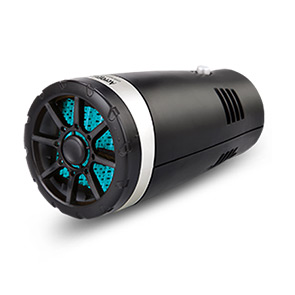clutch pipe
Understanding Clutch Pipes A Crucial Component in Automotive Performance
In the realm of automotive engineering, every component plays a vital role in the overall functionality and performance of a vehicle. Among these components, the clutch pipe often goes overlooked by average car enthusiasts, yet it serves a fundamental purpose in the smooth operation of a car’s clutch system. This article delves into the significance of the clutch pipe, its functionalities, and tips for maintenance to ensure optimal performance.
The clutch system is essential for vehicles equipped with manual transmissions, as it allows the driver to disengage the engine from the wheels temporarily. This disengagement is critical for shifting gears smoothly without causing damage to the transmission. The clutch pipe, often referred to as the hydraulic line, is an integral part of this system. It conveys hydraulic fluid from the master cylinder, situated on the clutch pedal, to the slave cylinder, which engages the clutch mechanism.
The clutch pipe itself is typically made of metal or high-quality plastic, designed to withstand pressure and temperature fluctuations inherent in automotive environments. Its primary purpose is to enable the smooth transfer of hydraulic fluid. When the driver presses the clutch pedal, the master cylinder generates pressure, forcing hydraulic fluid through the clutch pipe. This pressure activates the slave cylinder, which then disengages the clutch. The efficiency of this entire process heavily relies on the integrity and condition of the clutch pipe.
clutch pipe

One of the common issues that can affect clutch pipes is leakage. Over time, wear and tear can cause the pipe to develop cracks or holes, leading to a loss of hydraulic fluid. This leakage can result in a soft or unresponsive clutch pedal, making it difficult to engage or disengage gears. It’s crucial for vehicle owners to be vigilant and regularly check the condition of their clutch pipes as part of routine maintenance. If any signs of wear are detected, such as discoloration, dampness, or visible cracks, it is advisable to replace the clutch pipe immediately to avoid more serious issues.
Another factor that can affect clutch pipe performance is the quality of the hydraulic fluid. Using subpar fluid can lead to increased friction and wear within the system, which can ultimately compromise the functionality of the clutch. Vehicle owners should always refer to the manufacturer’s guidelines to choose the appropriate fluid type and maintain proper fluid levels.
In addition to regular inspections, flushing the hydraulic system periodically can enhance the performance of the clutch system, ensuring that old, degraded fluid is replaced with fresh fluid. This not only helps in maintaining proper hydraulic pressure but also extends the lifespan of the entire clutch system, including the clutch pipe.
In conclusion, the clutch pipe may be a small component in the larger mechanism of a vehicle, but its importance cannot be overstated. Understanding its function and maintaining its condition is crucial for efficient vehicle operation. Regular inspections and mindful maintenance practices can significantly contribute to a vehicle’s performance and longevity, ensuring a seamless driving experience. By prioritizing the upkeep of mechanisms like the clutch pipe, drivers can enjoy a more reliable and efficient ride on the road.
-
Workings of Clutch Pipe and Hose SystemsNewsJun.04,2025
-
The Inner Workings of Hand Brake Cable SystemsNewsJun.04,2025
-
The Secrets of Throttle and Accelerator CablesNewsJun.04,2025
-
The Hidden Lifeline of Your Transmission Gear Shift CablesNewsJun.04,2025
-
Demystifying Gear Cables and Shift LinkagesNewsJun.04,2025
-
Decoding Clutch Line Systems A Comprehensive GuideNewsJun.04,2025
